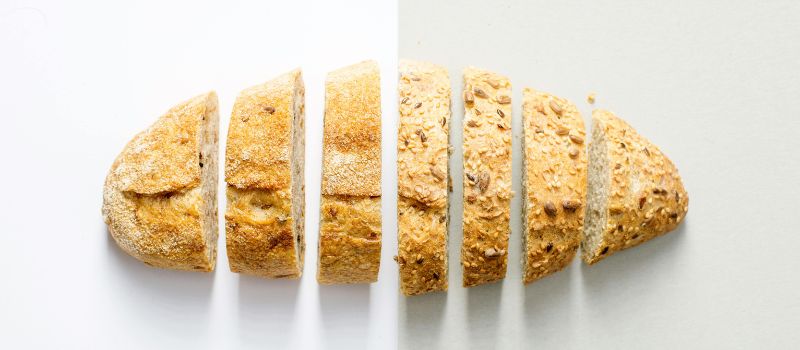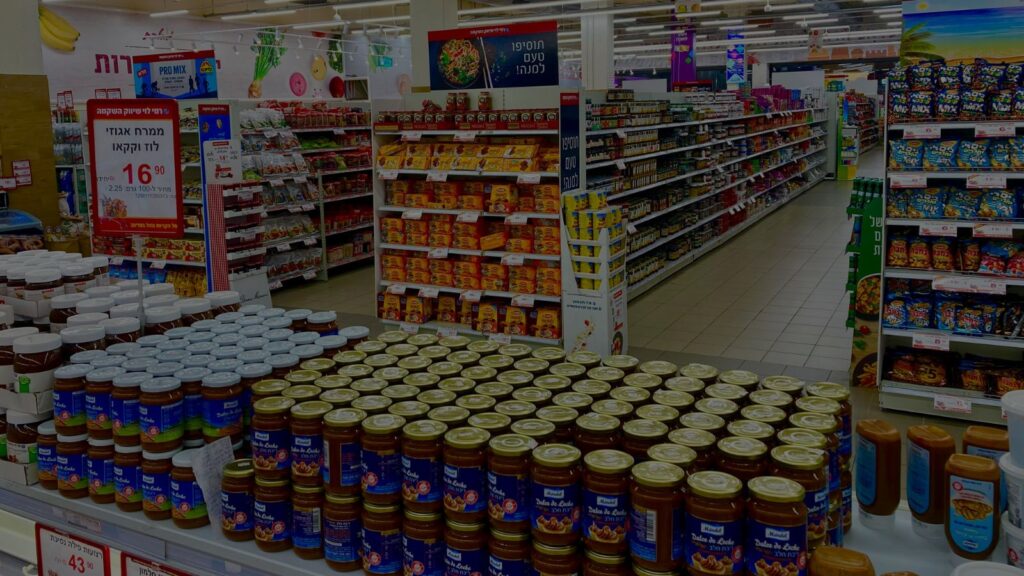Overview of Grocery Sales Tax in Illinois
Although grocery items are tax exempt in most states, this does not apply to you if you live in Illinois.
Grocery items are not tax exempt, but they are taxable at a reduced rate of 1%.
Note: Candy, soft drinks, alcoholic beverages, and food prepared for immediate consumption do not qualify for the 1% rate.
Implications for Business Owners
If you are a business owner undergoing a sales tax audit of your grocery store, call our office to get a better understanding of your Illinois sales tax collection obligations.
Key considerations:
- You do not have any fully exempt items.
- Avoid having the auditor reclassify your low-tax (1%) items as high-tax (standard rate).
- This reclassification is common based on our experience.
Example:
If you have a grocery store that sells alcohol, do not use the 1% low tax rate on alcohol.
The liability includes:
- The difference in sales tax
- Penalties
- Statutory interest
Illinois Department of Revenue Guidance
Letter Ruling for Mixed-Use Bakeries
The Illinois Department of Revenue has issued a letter ruling clarifying tax rates for bakeries selling:
- Food prepared for immediate consumption
- Grocery-type items
- Products for both on-premises and off-premises consumption

Reduced Tax Eligibility Conditions
Bakery items prepared by the bakery can be taxed at the lower 1% rate if both of the following conditions are met:
- Physical Separation:
- The area for on-premises consumption must be physically separated or clearly distinguishable from the area where food not for immediate consumption is sold.
- “Physically separated” is defined as having a tangible barrier, such as:
- Display cases
- Service counters
- Stub walls
- Separate Means of Recording and Accounting:
- Use of cash registers that separately identify high rate and low rate sales
- Use of separate cash registers
- Any other method by which tax on high and low rate sales is recorded at time of collection
Frequently Asked Questions
What is the grocery sales tax rate in Illinois?
Grocery items in Illinois are not fully tax-exempt but are subject to a reduced sales tax rate of 1%, unlike many other states where such items are completely exempt.
Which grocery items do not qualify for the reduced 1% tax rate?
Items like candy, soft drinks, alcoholic beverages, and food prepared for immediate consumption are excluded from the 1% rate and are taxed at the standard state rate.
How can business owners avoid reclassification of low-tax items during a sales tax audit?
Business owners should ensure that items taxed at the 1% rate are properly categorized and clearly distinguished from higher-tax items. Misclassification may lead to increased liabilities including penalties and interest.
What are the tax rules for bakeries that sell both grocery and ready-to-eat food?
Bakeries can apply the reduced 1% tax rate to grocery-type bakery items if two conditions are met: there must be physical separation between consumption areas and distinct methods of recording high and low rate sales.
What methods qualify as “separate means of recording” for tax purposes?
Acceptable methods include using separate cash registers for high and low tax rate items, or other systems that distinctly identify and track the different tax categories at the point of sale.

